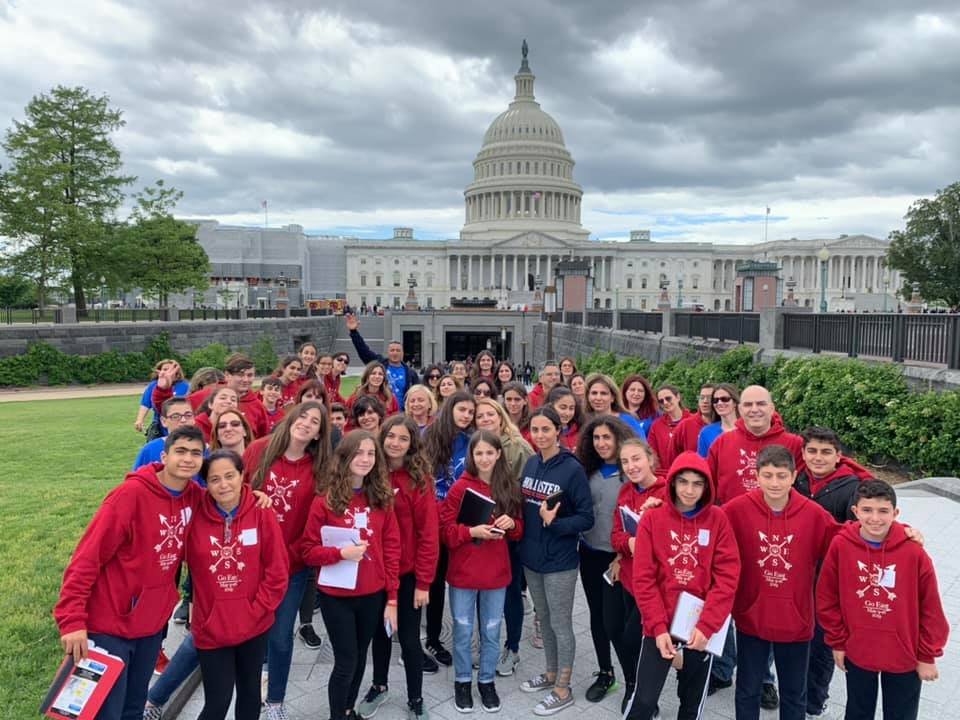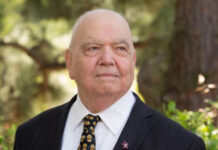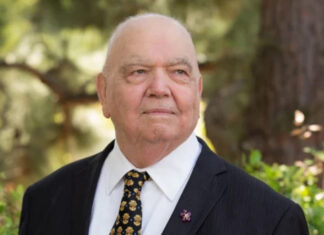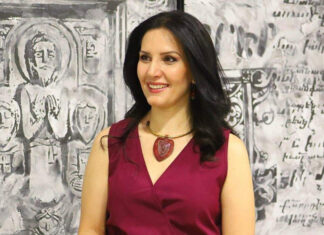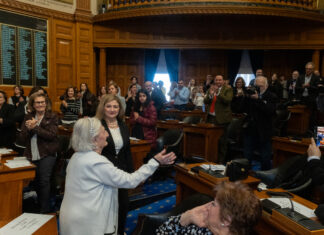GLENDALE/PASADENA — Talar A. is in second grade. She was one of the 26,000 students in the Glendale Unified School District (GUSD) who never went back to school last March after the spring break. COVID-19 forced the students all around the world (about 1.3 billion according to UNESCO) to replace their school desks with tables in their living room, kitchen or dining room. In May, the school year ended remotely with no probability of in-person learning in the new academic year.
In Talar’s case it was more challenging: Talar has been diagnosed with autism spectrum disorder and attention deficit disorder. Learning through a 21-inch computer screen forced Rita, Talar’s mother, to summon up all the creativity she could. “She was confused and kept asking me why she doesn’t see her friends and saying she wanted to go back to school. Asking a child, who is already overwhelmed in a classroom setting, to follow a Zoom class is very difficult, especially early on in the process, when everyone lacked the necessary skills and it was hard to control constant interruptions and simultaneous speaking,” remembers Rita. She decided to hire someone to supervise Talar the entire time, which caused a huge financial burden. In addition, her three-year-old twins required a lot of attention.
On July 17 California governor Gavin Newsom announced that schools statewide will start the new school year remotely. Some exceptions were made for essential worker, homeless and foster care families, as well as all those in need of child care. School campuses were set up as learning pods, giving these families the opportunity to participate in the curriculum in a socially distanced setting. For Talar this is the perfect setting. She has a one-on-one aide who assists her the entire time. She has the assistance she needs while she is surrounded by other students. Schools have also found better ways of providing services such as occupational therapy and speech therapy. “Although these services are not ideal and quite as effective as they used to be, the learning pod setting is lot better than what I would get out of her at home,” mentions Rita.
In the Glendale Unified School District, about 10 percent of the students (around 2,600) have a learning disability or are enrolled in the Individualized Education Program (IEP).
According to Dr. Armine Gharpetian, president of the GUSD Board of Education, “Glendale Unified has been very successful in providing vast resources for all of their students. We have a very diverse community with a very diverse background: special aid students, foster and homeless youth, English learners, and students in a FLAG [Foreign Language Academies of Glendale] program. This is the variety of things that we offer to our students and at the same time we try to do everything remotely by offering all the available resources. Obviously, it is a very challenging task for us.”
During the summer, the district conducted different surveys with the parents, teachers and students which helped develop the program for the new school year. According to the survey, the students wanted more time with teachers. They needed more textbooks, and some of them needed a private space to learn, a better environment at home. All this information guided the teachers to adopt new approaches when teaching on Zoom.
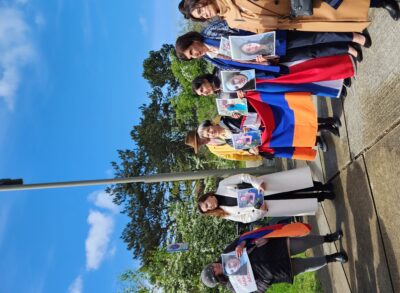


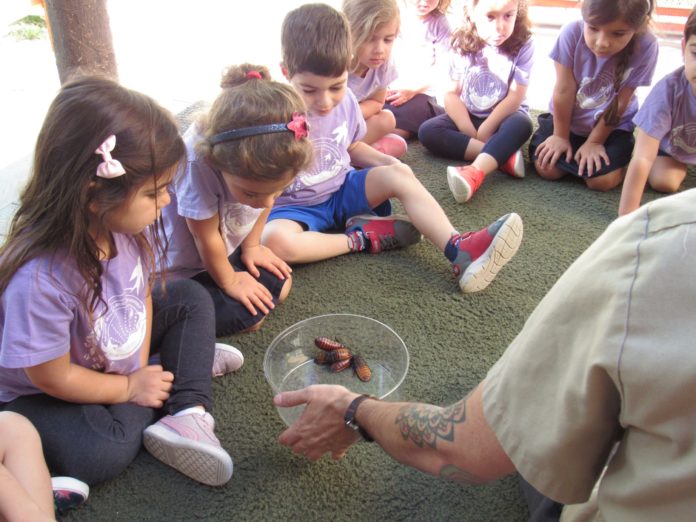

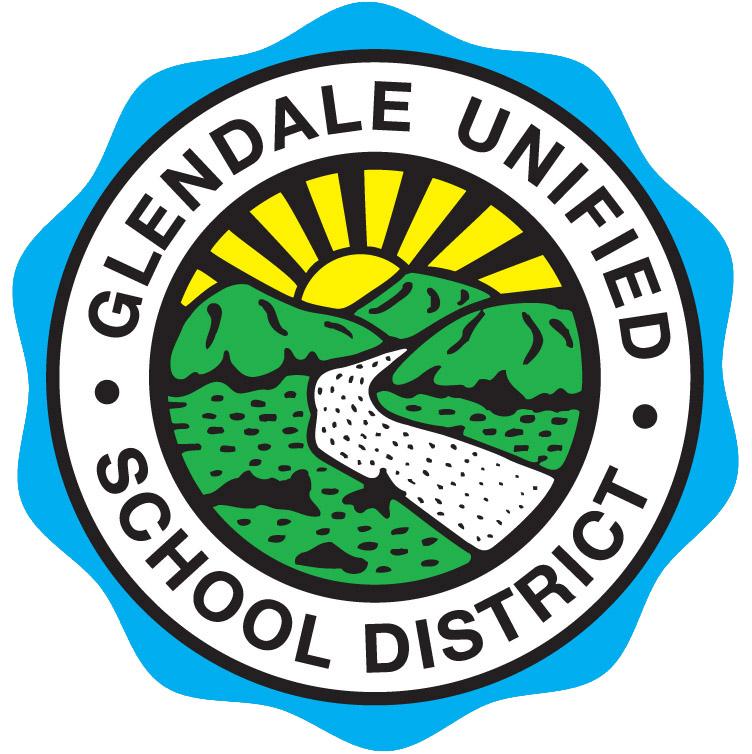 Glendale Unified School District Student Wellness Services is keeping close contact with the families who didn’t log in or have been absent in the remote classrooms. In order to facilitate communication during the summer, the district recruited many interns who can connect with the parents in their native language. “We are asking the families what their needs are, if the students feel depressed, upset, or isolated. If the answer is yes, we provide resources and counseling therapy,” says Dr. Ilin Magran, GUSD Student Wellness Services Director. Like the educational process, counseling is being conducted remotely as well.
Glendale Unified School District Student Wellness Services is keeping close contact with the families who didn’t log in or have been absent in the remote classrooms. In order to facilitate communication during the summer, the district recruited many interns who can connect with the parents in their native language. “We are asking the families what their needs are, if the students feel depressed, upset, or isolated. If the answer is yes, we provide resources and counseling therapy,” says Dr. Ilin Magran, GUSD Student Wellness Services Director. Like the educational process, counseling is being conducted remotely as well.
